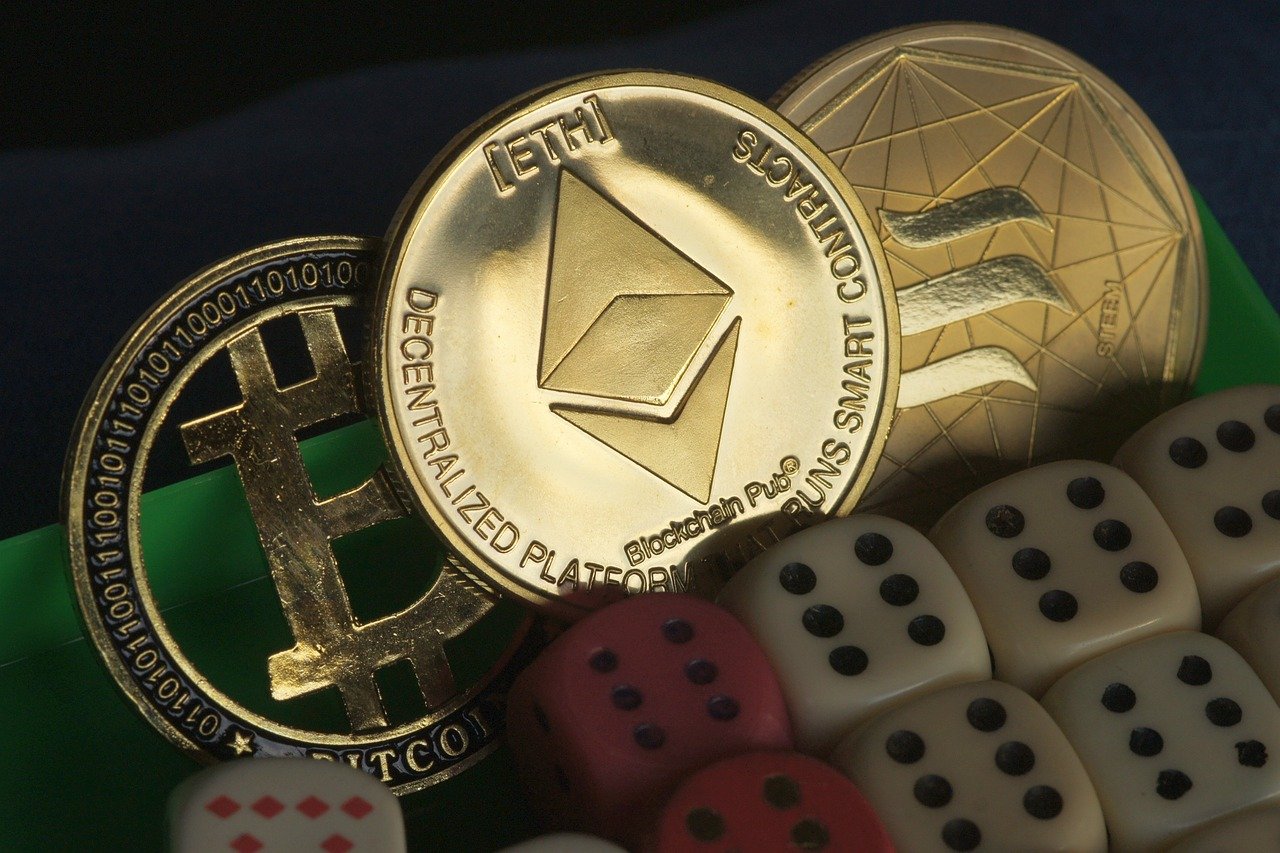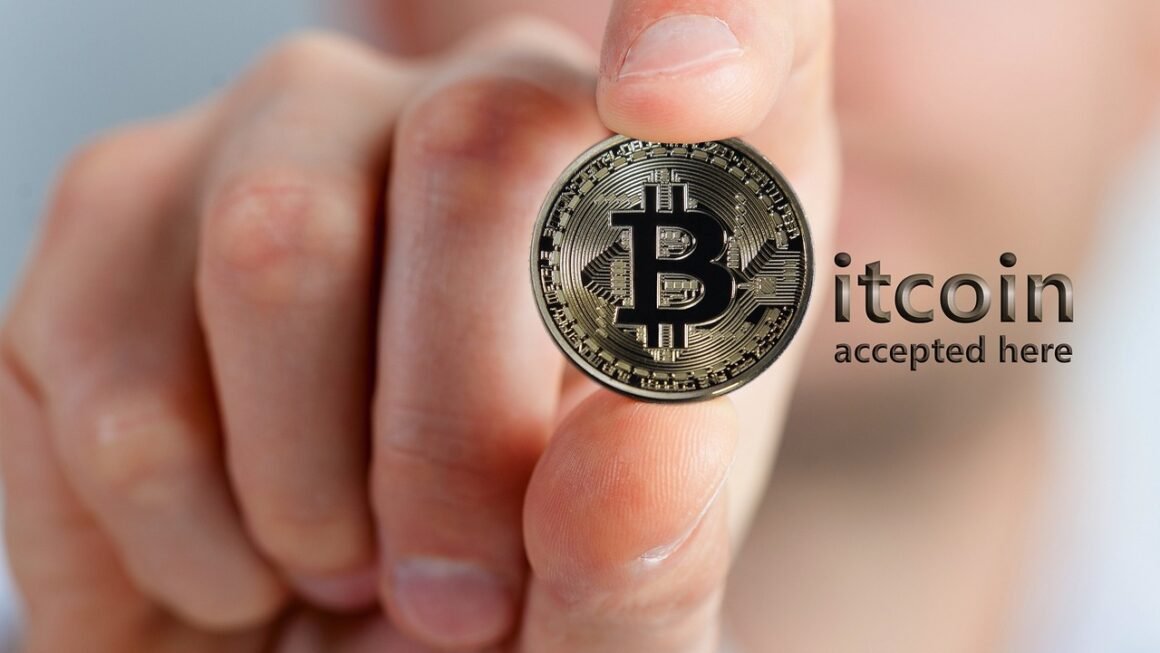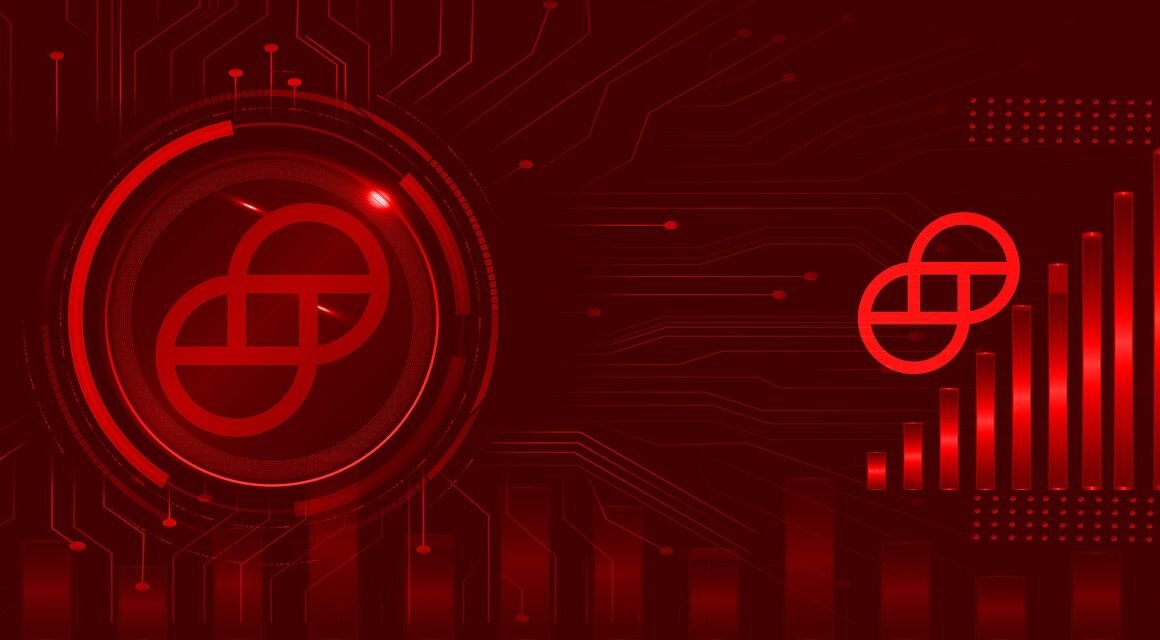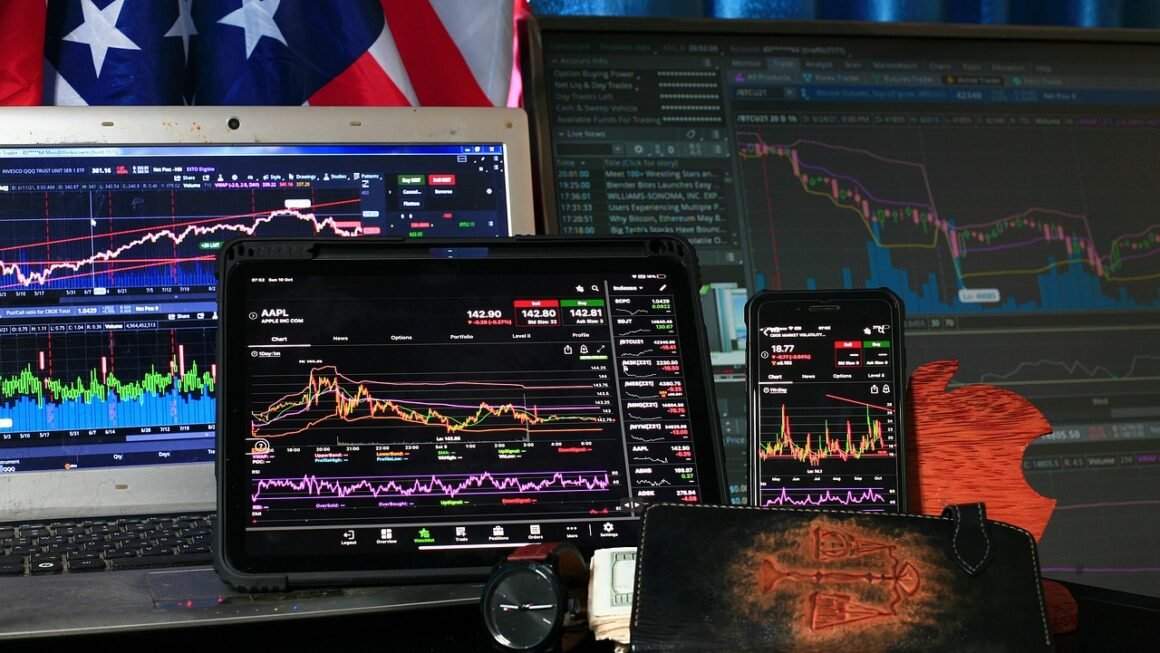Oracles are a crucial yet often misunderstood component of blockchain technology. While blockchains excel at providing secure and transparent ledgers, they inherently lack access to real-world data. This is where oracles step in, acting as bridges between the decentralized world of blockchains and the vast, complex world of external data sources. Understanding their function, types, and the challenges they address is essential for anyone interested in decentralized applications (dApps) and the future of blockchain technology.
What are Blockchain Oracles?
Defining Blockchain Oracles
A blockchain oracle is essentially a third-party service that provides smart contracts with external data. Smart contracts, the self-executing agreements on a blockchain, operate based on pre-defined conditions. Without external data, these contracts are limited to information already present on the blockchain. Oracles expand the capabilities of smart contracts by feeding them real-world information, allowing them to react to events and data outside the blockchain ecosystem. This data can include anything from weather forecasts and stock prices to election results and sports scores.
Why are Oracles Necessary?
Blockchains are designed to be deterministic and secure. This means that every node on the network must be able to independently verify the validity of transactions and smart contract executions. To maintain this consensus, blockchains typically cannot directly access external data sources because those sources are not inherently trustworthy or verifiable. Oracles solve this problem by acting as trusted intermediaries that fetch and validate external data before feeding it to smart contracts.
- Oracles bridge the gap between on-chain and off-chain data.
- They enable smart contracts to interact with the real world.
- They unlock a vast array of new possibilities for dApps.
Common Use Cases of Oracles
The applications of oracles are virtually limitless. Here are some examples:
- Decentralized Finance (DeFi): Providing accurate price feeds for lending platforms, decentralized exchanges (DEXs), and stablecoins. For example, Aave uses oracles to determine collateralization ratios and liquidation thresholds.
- Supply Chain Management: Tracking the location and condition of goods as they move through the supply chain.
- Insurance: Automating insurance payouts based on real-world events, such as flight delays or natural disasters.
- Prediction Markets: Providing outcome data for prediction markets, allowing users to bet on the results of real-world events.
- Gaming: Integrating real-world data into blockchain-based games, such as using weather data to affect gameplay.
Types of Blockchain Oracles
Software Oracles
Software oracles retrieve data from online sources, such as websites, APIs, and databases. These are among the most common types of oracles.
- Example: A software oracle could be used to fetch the current price of Bitcoin from a cryptocurrency exchange API and feed it to a DeFi protocol.
- Benefits: Relatively easy to implement and access a wide range of data sources.
- Drawbacks: Susceptible to data manipulation at the source and potential API failures.
Hardware Oracles
Hardware oracles retrieve data from the physical world using sensors and other hardware devices.
- Example: A hardware oracle could use a temperature sensor to monitor the temperature of a vaccine shipment and trigger an alert if the temperature exceeds a certain threshold.
- Benefits: Provide verifiable data from the physical world.
- Drawbacks: Can be complex and expensive to implement, and require secure hardware to prevent tampering.
Human Oracles
Human oracles rely on human input to verify or provide data.
- Example: A human oracle could be used to verify the identity of a person or to provide expert opinions on a particular topic.
- Benefits: Can provide subjective or complex data that is difficult to obtain from other sources.
- Drawbacks: Can be slow, expensive, and susceptible to bias or collusion.
Inbound and Outbound Oracles
- Inbound Oracles: Provide external data to smart contracts. All the previous examples fall into this category.
- Outbound Oracles: Allow smart contracts to send data to external systems or trigger real-world actions. For example, a smart contract could use an outbound oracle to send a payment to a bank account or to trigger a delivery service.
Centralized vs. Decentralized Oracles
- Centralized Oracles: Controlled by a single entity, which acts as the sole source of data. This introduces a single point of failure and trust assumptions.
Example: An oracle operated by a single company that provides weather data to an insurance smart contract.
- Decentralized Oracles: Rely on a network of independent nodes to provide data, increasing reliability and reducing the risk of manipulation. These are often referred to as “Oracle Networks”.
Example: Chainlink, a popular decentralized oracle network, uses multiple independent nodes to fetch and aggregate data from various sources, reducing the risk of inaccurate or manipulated data.
The Oracle Problem and Solutions
Understanding the Oracle Problem
The “Oracle Problem” refers to the challenge of ensuring the accuracy, reliability, and security of data provided by oracles. Since smart contracts rely on oracles to make decisions, the integrity of the oracle data is paramount. If an oracle provides inaccurate or manipulated data, it can lead to incorrect or even malicious smart contract executions. This is a critical challenge because the security of a blockchain is only as strong as its weakest link – in this case, the oracle.
Key Challenges
- Data Accuracy: Ensuring that the data provided by oracles is accurate and reliable.
- Data Integrity: Preventing data manipulation or corruption.
- Trust: Minimizing the need to trust individual oracles.
- Censorship Resistance: Ensuring that oracles cannot be censored or prevented from providing data.
- Availability: Maintaining oracle uptime and preventing data outages.
Solutions to Mitigate the Oracle Problem
- Decentralization: Using multiple independent oracles to provide data, reducing the risk of a single point of failure or manipulation. Data aggregation techniques, such as medianization or weighted averaging, are then used to reach a consensus.
- Reputation Systems: Implementing reputation systems to reward oracles that provide accurate data and penalize those that provide inaccurate data.
- Economic Incentives: Using economic incentives to encourage oracles to provide accurate data and disincentivize malicious behavior. For example, some oracle networks use staking mechanisms where oracles must stake tokens as collateral, which can be slashed if they provide faulty data.
- Trusted Execution Environments (TEEs): Using TEEs to create secure enclaves where oracles can execute code and fetch data in a tamper-proof environment.
- Data Source Verification: Implementing mechanisms to verify the credibility and reliability of data sources. This can involve checking the source’s reputation, track record, and security measures.
- Commit-Reveal Schemes: Oracles commit to a piece of data, and then reveal it later. This prevents malicious actors from influencing the data based on what other oracles are reporting.
Choosing the Right Oracle for Your dApp
Factors to Consider
Selecting the right oracle for your dApp is crucial for its success. Carefully consider the following factors:
- Data Requirements: What type of data does your dApp need? Is it simple data like price feeds or more complex data like identity verification?
- Accuracy and Reliability: How important is accuracy and reliability for your dApp? For high-value applications, you may need to prioritize oracles with strong reputation systems and robust security measures.
- Decentralization: How much decentralization is required? Consider the trade-offs between cost, speed, and security.
- Cost: How much are you willing to pay for oracle services? Prices can vary significantly depending on the type of data, the frequency of updates, and the level of decentralization.
- Security: What security measures does the oracle implement to prevent data manipulation or attacks?
Practical Tips for Choosing an Oracle
- Research and compare different oracle providers.
- Understand the oracle’s methodology and data sources.
- Assess the oracle’s reputation and track record.
- Consider the oracle’s security measures.
- Test the oracle with sample data before integrating it into your dApp.
Popular Oracle Solutions
- Chainlink: The leading decentralized oracle network, providing a wide range of data feeds and services.
- Band Protocol: A cross-chain data oracle platform that aggregates and connects real-world data and APIs to smart contracts.
- API3: Focuses on providing decentralized APIs (dAPIs) directly to smart contracts, eliminating the need for middlemen.
- Tellor: A community-governed oracle that uses a network of miners to provide data.
- UMA (Universal Market Access): A decentralized financial contracts platform that uses data feeds for synthetic assets and derivatives.
Future of Blockchain Oracles
Emerging Trends and Innovations
The field of blockchain oracles is constantly evolving. Here are some key trends and innovations to watch out for:
- Increased Decentralization: Further development of decentralized oracle networks to improve security and reliability.
- Enhanced Security: Development of new security measures to prevent data manipulation and attacks.
- Integration with New Data Sources: Expanding the range of data sources available to smart contracts, including more real-world and complex data.
- Interoperability: Improved interoperability between different oracle networks and blockchains.
- Specialized Oracles: Development of specialized oracles for specific industries and applications, such as insurance, supply chain, and healthcare.
The Role of Oracles in Web3
Oracles are crucial for the growth of Web3, the next generation of the internet built on decentralized technologies. As dApps become more sophisticated and interact with the real world in more complex ways, the demand for reliable and secure oracle services will only increase. Oracles will play a key role in enabling new use cases for blockchain technology, such as:
- Decentralized Identity: Verifying user identities on the blockchain using off-chain data.
- Decentralized Governance: Providing data for on-chain voting and governance mechanisms.
- Real-World Asset Tokenization: Bringing real-world assets onto the blockchain using oracles to verify ownership and value.
Conclusion
Oracles are the unsung heroes of the blockchain world, bridging the gap between the digital and physical realms and unlocking the full potential of smart contracts. While the Oracle Problem presents significant challenges, ongoing innovation and the development of robust decentralized oracle networks are paving the way for a more secure, reliable, and interconnected blockchain ecosystem. Understanding the intricacies of oracles is paramount for anyone seeking to build or participate in the future of decentralized applications and Web3. As blockchain technology continues to evolve, oracles will undoubtedly remain a critical component, driving innovation and shaping the landscape of decentralized finance, supply chain management, and countless other industries.



